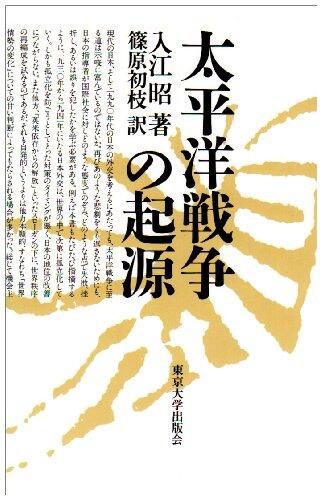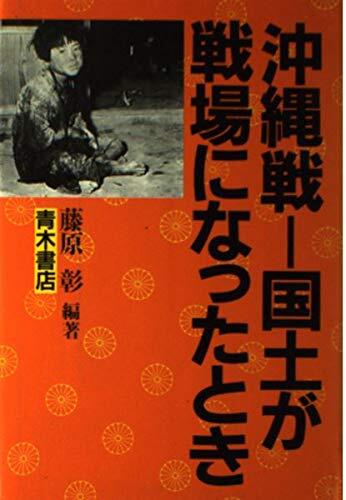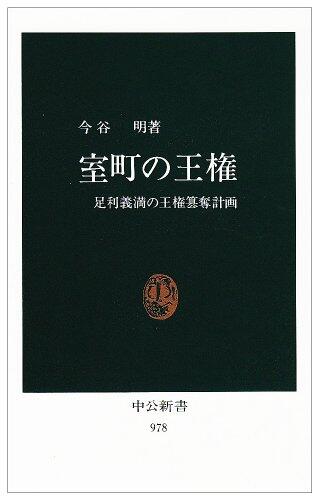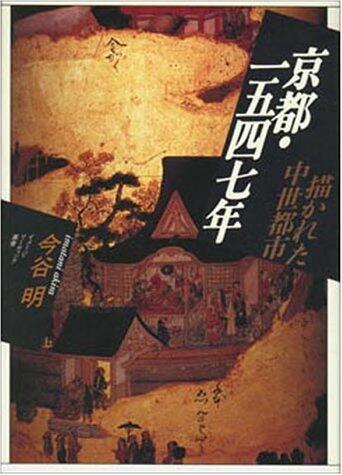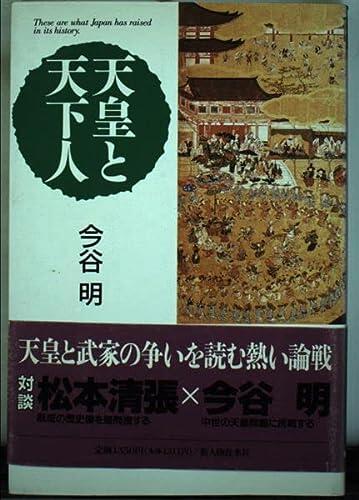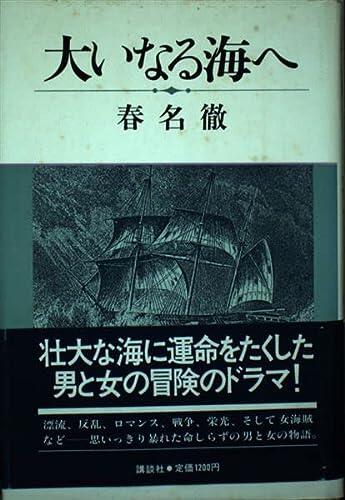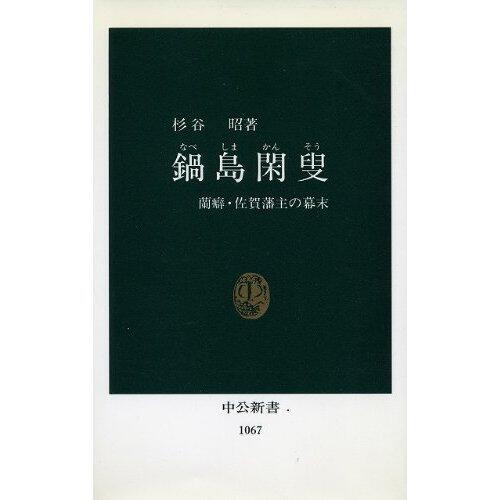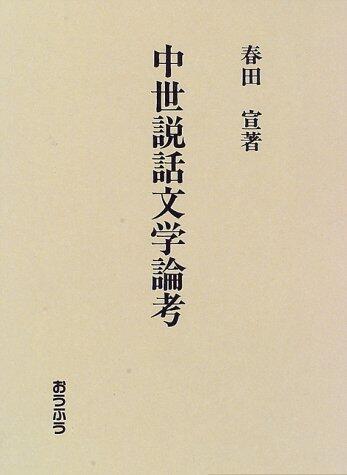
Edo no nōmin seikatsushi: Shūmon aratamechō ni miru Nōbi no ichi nōson
によって
Akira Hayami
まだ評価がありません
History
形式
ハードカバー
ページ数
211
言語
日本語
公開されました
Jan 1, 1988
出版社
Nihon Hōsō Shuppan Kyōkai
ISBN-10
4140015551
ISBN-13
9784140015551
説明
Set against the backdrop of Edo-period Japan, this work delves into the intricate lives of agrarian communities, revealing their resilience and adaptability. The author meticulously examines the socio-economic transformations that shaped rural life during this vibrant era, offering readers an engaging exploration of daily existence in the rice-producing regions.
Through compelling narratives, the author captures the essence of village dynamics, weaving in aspects of tradition, culture, and the unique challenges faced by farmers in a rapidly changing society. Hayami employs a blend of historical analysis and vivid depictions of rural practices, cultivating a rich understanding of community life, seasonality, and the agricultural calendar.
As readers journey through the pages, they witness not only the hardships and triumphs of the farmers but also the interconnectedness of local and national developments. This insightful examination sheds light on how the agricultural foundations of Edo-period Japan laid the groundwork for future generations.
The prose is both informative and evocative, inviting readers to reflect on the enduring themes of human perseverance and the bond between people and their environment. This exploration offers a fascinating glimpse into a time and place that continues to reverberate through Japanese history.
Through compelling narratives, the author captures the essence of village dynamics, weaving in aspects of tradition, culture, and the unique challenges faced by farmers in a rapidly changing society. Hayami employs a blend of historical analysis and vivid depictions of rural practices, cultivating a rich understanding of community life, seasonality, and the agricultural calendar.
As readers journey through the pages, they witness not only the hardships and triumphs of the farmers but also the interconnectedness of local and national developments. This insightful examination sheds light on how the agricultural foundations of Edo-period Japan laid the groundwork for future generations.
The prose is both informative and evocative, inviting readers to reflect on the enduring themes of human perseverance and the bond between people and their environment. This exploration offers a fascinating glimpse into a time and place that continues to reverberate through Japanese history.
